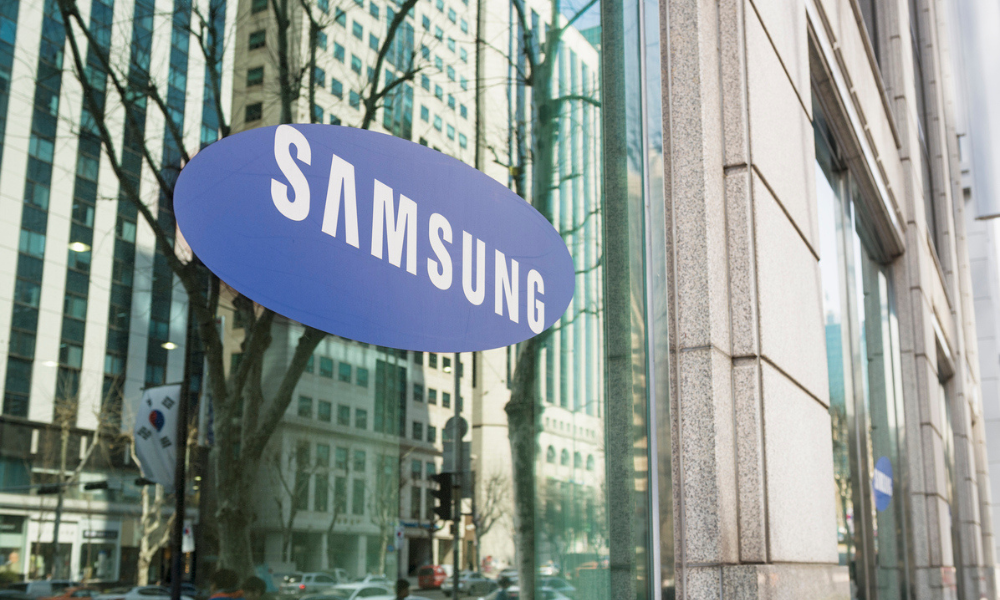While Singapore HR professionals might be intrigued about big data analytics, most “are stuck at rookie level” and very few have embraced the technology, according to a recent report.
Asian organisations are not leveraging on workforce data and analytics to guide decision-making, a study by a Singapore company reveals.
Big data enables HR professionals to analyse almost limitless information and identify trends around workforce productivity, the impact of training, as well as spot hi-pos (high potential employees).
And it’s something Singapore HR professionals are more than interested in.
Nearly half (49%) of respondents to HRD’s Leadership Survey said they found data, analytics and trends as the most interest aspect of HR technology – yet there is still work to be done.
A report released last week by Singapore-based business HRBoss revealed that only 2% of Asian companies surveyed are happy with current workforce planning processes, with 77% using more than three different sources of data for workforce planning.
“The report makes one thing very clear: organisations are not leveraging off workforce data and analytics to guide decision-making and transformation,” HRBoss chief executive Bernie Schiemer said.
“Workforce data exists in every far-flung area of an organisation, from skills and leadership, through to tenure and payroll.
“It is only by blending these multiple data points and combining the right analytics with the right business intelligence tools, that it’s possible to accurately identify and act upon talent shortfalls.”
The report was based on a study of 712 business leaders from Singapore, Malaysia, Vietnam, Indonesia, China and Japan over four months.
“Based on the insights surfaced in this report, organizations rely heavily on workforce planning to support business decisions, improve talent management and optimize cost savings,” Schiemer said.
“Even though an overwhelming 98% of respondents in Asia believe that the workforce planning is the number one key ingredient for organisational success, a whopping 88% are stuck at rookie’s level when it comes to strategic workforce planning.”
Other findings include that employee-related information is out of reach for many, with more than half unable to access the information they need to accurately predict future talent gaps.
In fact, two out of three companies surveyed were still dependent on Excel spreadsheets to manage workforce planning.
“The report provides a damning insight into the frustrations shared by C-level professionals when it comes to getting their hands on employee-related information and then using it to make informed decisions about their organisation’s most valuable asset: their people.
“Across the board, business leaders want to get strategic about their workforce but, quite simply, they don’t have the right tools at hand to do so.”
Click here to see how LinkedIn has become a market leader by embracing HR big data.
Big data enables HR professionals to analyse almost limitless information and identify trends around workforce productivity, the impact of training, as well as spot hi-pos (high potential employees).
And it’s something Singapore HR professionals are more than interested in.
Nearly half (49%) of respondents to HRD’s Leadership Survey said they found data, analytics and trends as the most interest aspect of HR technology – yet there is still work to be done.
A report released last week by Singapore-based business HRBoss revealed that only 2% of Asian companies surveyed are happy with current workforce planning processes, with 77% using more than three different sources of data for workforce planning.
“The report makes one thing very clear: organisations are not leveraging off workforce data and analytics to guide decision-making and transformation,” HRBoss chief executive Bernie Schiemer said.
“Workforce data exists in every far-flung area of an organisation, from skills and leadership, through to tenure and payroll.
“It is only by blending these multiple data points and combining the right analytics with the right business intelligence tools, that it’s possible to accurately identify and act upon talent shortfalls.”
The report was based on a study of 712 business leaders from Singapore, Malaysia, Vietnam, Indonesia, China and Japan over four months.
“Based on the insights surfaced in this report, organizations rely heavily on workforce planning to support business decisions, improve talent management and optimize cost savings,” Schiemer said.
“Even though an overwhelming 98% of respondents in Asia believe that the workforce planning is the number one key ingredient for organisational success, a whopping 88% are stuck at rookie’s level when it comes to strategic workforce planning.”
Other findings include that employee-related information is out of reach for many, with more than half unable to access the information they need to accurately predict future talent gaps.
In fact, two out of three companies surveyed were still dependent on Excel spreadsheets to manage workforce planning.
“The report provides a damning insight into the frustrations shared by C-level professionals when it comes to getting their hands on employee-related information and then using it to make informed decisions about their organisation’s most valuable asset: their people.
“Across the board, business leaders want to get strategic about their workforce but, quite simply, they don’t have the right tools at hand to do so.”
Click here to see how LinkedIn has become a market leader by embracing HR big data.





